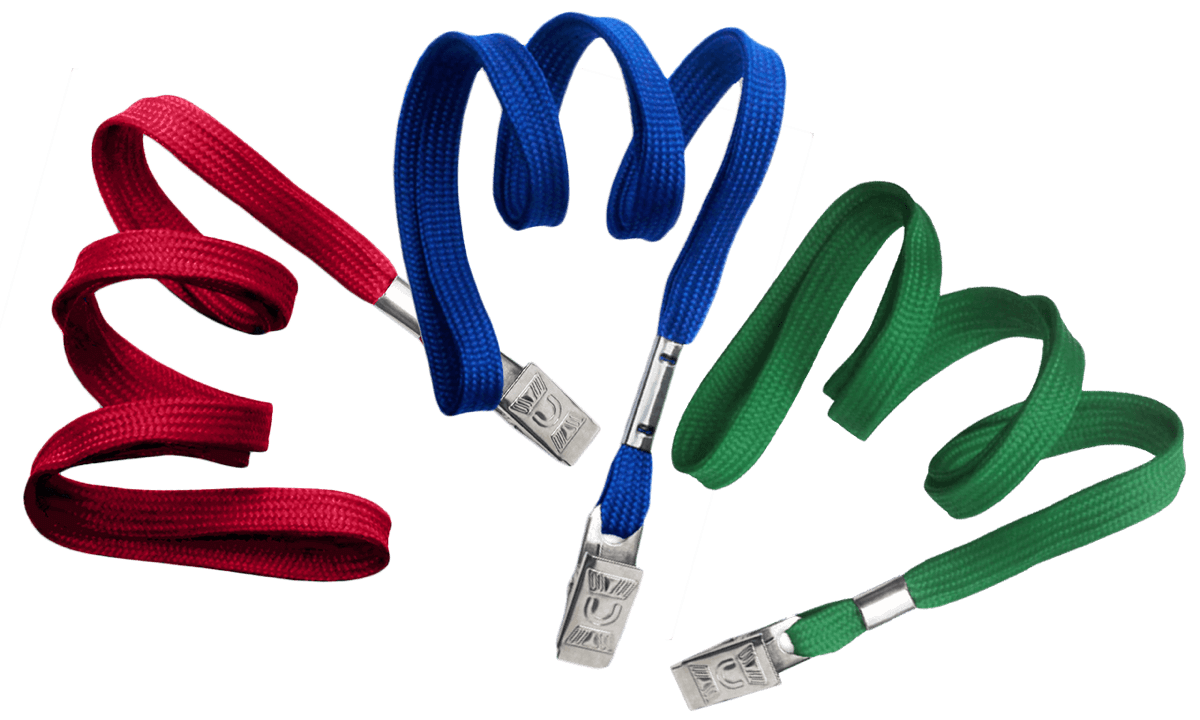
For landscape professionals and anyone else who might want to spruce up their backyard or front yard, arbors can be a powerful tool. But for the layperson, arboriculture can be challenging to understand. So here’s a brief overview of arboriculture, including its history, uses, and types. Once you understand the concept behind arboriculture — which type is right for your garden — you’ll be sure to choose the right one for your property. But first, you need to know how to choose the right arborist for your garden. After all, not all arborists are created equal!
What Is Arboriculture?
Arboriculture, also called landscape architecture, is the practice of designing and managing trees, shrubs, and other plants in a landscape. The term can also be used for the design and management of trees, shrubs, and other plants. The practice of arboriculture evolved from the older concept of plant protection, which focused on combating threats to trees and shrubs such as beetle and herbivore damage, which can be determined through an arborist report.
History Of Arboriculture
Tree planting for aesthetic or recreational value is nothing new, of course. As long as humans have been maintaining gardens, there have been trees and shrubs in the gardens. However, it was during the colonial period that people began to seriously think about the benefits of trees in ways that today’s gardeners take for granted. In colonial North America, gardeners obtained advice from trees, particularly maples and spruces, which were being rapidly depleted by the expanding human population. In areas where the trees were scarce, woodlands were used as pasturelands, and areas with heavy tree-plantings were referred to as “forest gardens.”
Types Of Arborist Services
Since the practice of arboriculture evolved from the older concept of plant protection, it follows that tree protection is at the heart of arboriculture. There are two types of tree protection: cultural and mechanical.
Cultural Tree Protections – There are a few cultural tree protections that are essential to any arborist’s repertoire. One is the removal and removal of all scavenging animals, including rats, birds, and squirrels. Other cultural tree protections include sprouter and potting soil.
Mechanical Tree Protections – Mechanical tree protections are essential to any arborist’s toolbox. These can include mechanical removal of twigs and leaves, removing and removal of weeds, use of chain saws, and more.
Why Choose An Arborist For Your Garden?
Choosing the right arborist for your garden isn’t just about who you are planning to speak with, but about whom you want to be responsible for managing your trees. By choosing an arborist with a wide range of experience and knowledge, you can rest easy knowing that you’re choosing a professional with the skill set to manage your trees over one who might not have your best interest at heart. For one, having a local arborist familiar with your area can help you choose the right tree for your garden. Knowing which trees to avoid and which ones to pick can help you avoid trees that are in need of removal and trees that need costly repairs after a storm.
The best choice for your garden is someone who can provide you with complete arborist report and who you trust to keep your tree and garden safe. The history and types of services an arborist provide are essential to helping you choose the right one for your yard. Having an arborist familiar with your area can help you identify if a particular tree needs to be removed and which ones to leave alone. The best choice for your garden is a reliable arborist who you trust to keep your tree and garden safe. Do your research and find an arborist who you are happy to speak with over the phone, in writing, or in person.







